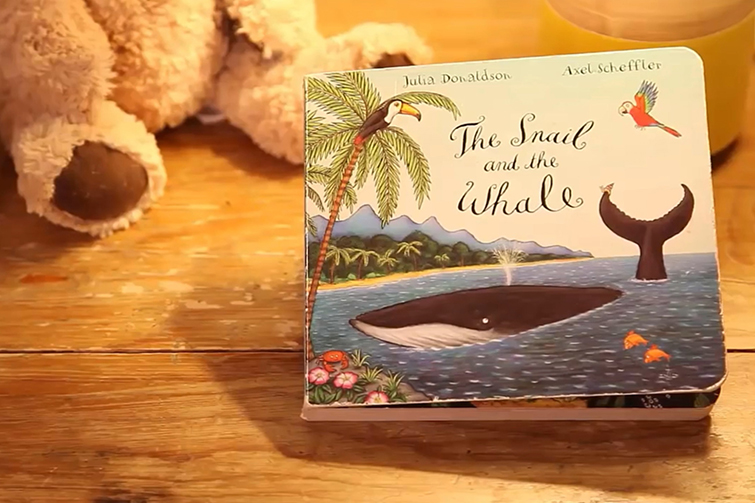

How to Ensure Eco-Friendly Printing for Children's Books
Children's books play a vital role in education and development, but it’s also important to ensure that their production is safe for both children and the environment. Eco-friendly printing practices help reduce pollution, conserve resources, and promote a healthier environment for future generations. Here are several ways to ensure the printing of children’s books is non-polluting and sustainable.
1. Use Non-Toxic, Soy-Based Inks
One of the most crucial steps in eco-friendly printing is the use of non-toxic inks:
- Soy-Based Inks: Unlike traditional petroleum-based inks, soy-based inks are made from natural, renewable resources. They emit fewer volatile organic compounds (VOCs) during printing, reducing air pollution and improving indoor air quality.
- Water-Based Inks: Another non-toxic alternative, water-based inks are safe for children and the environment, ensuring that printed materials do not release harmful chemicals into the air or onto surfaces.
2. Opt for Recycled or FSC-Certified Paper
The type of paper used in book production has a significant environmental impact:
- Recycled Paper: Choosing paper made from recycled materials reduces the need for virgin resources and limits deforestation. Recycled paper also consumes less water and energy during production.
- FSC-Certified Paper: If recycled paper isn’t an option, look for paper certified by the Forest Stewardship Council (FSC). FSC certification ensures that the paper comes from responsibly managed forests that prioritize environmental and social sustainability.
3. Choose Sustainable Printing Practices
Printing methods and technologies can be optimized to minimize pollution and waste:
- Digital Printing: Compared to traditional offset printing, digital printing produces less waste and uses fewer chemicals. This makes it an eco-friendly option, especially for short print runs.
- Efficient Energy Use: Work with printers that use energy-efficient equipment and renewable energy sources, such as solar or wind power, to reduce the carbon footprint of the printing process.
- Waterless Printing: Some printing techniques, such as waterless offset printing, eliminate the need for harmful chemicals and significantly reduce water consumption.
4. Eco-Friendly Binding and Finishing
Beyond printing, the binding and finishing processes should also follow eco-friendly practices:
- Non-Toxic Glue: Ensure that any adhesives used in bookbinding are non-toxic and free from harmful chemicals such as formaldehyde, which can be harmful to both humans and the environment.
- Sustainable Coatings: Instead of using plastic laminates or coatings, opt for biodegradable or recyclable alternatives. Matte or gloss finishes can be achieved using eco-friendly varnishes that don’t release harmful pollutants.
5. Reduce Packaging Waste
Packaging can contribute to a significant amount of waste during distribution:
- Minimalist Packaging: Reduce the amount of packaging used by choosing simpler, more efficient designs that protect the books without unnecessary materials.
- Recyclable or Biodegradable Materials: Use packaging made from recycled, recyclable, or biodegradable materials to ensure that any waste generated is environmentally friendly.
6. Work with Eco-Conscious Printers
Partnering with a printing company that prioritizes sustainability is crucial:
- Green Certifications: Look for printers with certifications such as ISO 14001 (Environmental Management) or certifications from environmental groups like Green Seal, which confirm that the printer adheres to eco-friendly practices.
- Sustainable Policies: Choose companies that actively reduce their environmental impact through waste reduction, responsible sourcing, and energy-efficient practices.
7. Educate and Promote Sustainability
Finally, you can use the printing process to educate children and parents about environmental responsibility:
- Sustainability Messages: Include information in the books about the eco-friendly printing process, explaining the benefits of non-toxic inks, recycled paper, and sustainable practices.
- Green Certifications on Books: Highlight any green certifications on the book cover or inside pages to reassure parents and caregivers that the product is safe for children and environmentally responsible.
Conclusion
Printing children’s books in an eco-friendly, non-polluting way is both possible and beneficial for the environment and children’s health. By using non-toxic inks, sustainable paper, eco-conscious printing techniques, and responsible packaging, publishers can ensure that their products are safe, sustainable, and aligned with environmental best practices. This commitment to sustainability not only helps protect the planet but also teaches children the importance of taking care of the world around them.







